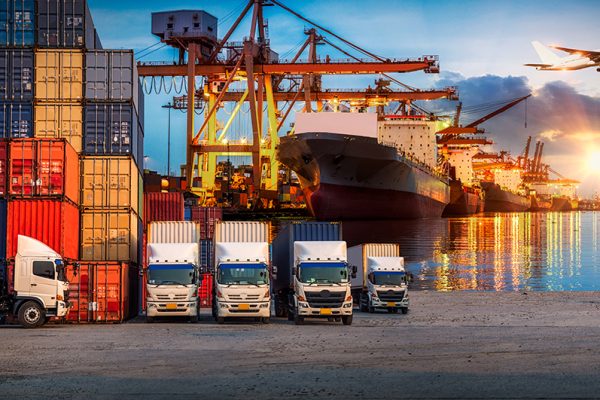In Malaysia, the demand for stainless steel piping and fittings Malaysia is on the rise, driven by the country’s growing industrial sector. Recognized for their durability, resistance to corrosion, and ease of maintenance, stainless steel piping and fittings are becoming an integral part of Malaysia’s industrial infrastructure. This article explores the key trends shaping the future of stainless steel applications in Malaysia’s industrial landscape.
Advancements in Material Technology
One of the most significant trends in the Malaysian market is the continuous advancement in material technology for stainless steel piping and fittings. Manufacturers are introducing new alloys that offer higher strength, enhanced flexibility, and improved resistance to corrosive environments. These advancements enable the use of stainless steel in more challenging industrial applications, such as in high-temperature or high-pressure environments, expanding their applicability across various sectors.
Emphasis on Sustainability
Sustainability is becoming a core consideration in the industrial sector, and stainless steel piping and fittings play a crucial role in this trend. Stainless steel is 100% recyclable, which aligns with Malaysia’s growing commitment to sustainable development and circular economy practices. Industries are increasingly opting for stainless steel due to its long life cycle and minimal impact on the environment, making it a preferred choice for companies looking to enhance their sustainability credentials.
Growth in the Oil and Gas Sector
The oil and gas industry remains a significant user of stainless steel piping and fittings in Malaysia, given the material’s resistance to corrosion by sulphur-containing gases and aqueous solutions. Recent discoveries of oil and gas fields and the expansion of petrochemical plants are driving the demand for high-quality stainless steel components that can withstand the harsh conditions of extraction and processing environments. This trend is expected to continue as Malaysia seeks to capitalize on its oil and gas reserves.
Increased Use in Water Treatment Facilities
Malaysia’s focus on improving its water infrastructure has led to an increased use of stainless steel piping and fittings in water treatment facilities. Stainless steel’s resistance to a wide range of chemicals and its ability to maintain water purity by preventing leaching make it an ideal choice for this application. As the country invests in new water treatment projects and upgrades existing facilities, the demand for stainless steel components is projected to grow.
Innovation in Food and Beverage Processing
The food and beverage industry in Malaysia is witnessing a shift towards stainless steel piping and fittings, attributed to their hygienic properties and ease of cleaning. This trend is driven by growing awareness of food safety standards and regulations, which demand the use of materials that do not contaminate food products. Stainless steel’s non-reactive surface prevents the absorption and release of materials, ensuring that food and beverages retain their quality and safety throughout the processing chain.
Conclusion
The future of industrial applications in Malaysia is closely tied to the evolution of stainless steel piping and fittings. The trends of material advancements, sustainability, growth in the oil and gas sector, increased use in water treatment facilities, and innovations in the food and beverage industry are shaping the demand for these essential components. As Malaysia continues to develop its industrial capabilities, the reliance on stainless steel piping and fittings is set to increase, highlighting their critical role in the nation’s industrial growth and sustainability efforts.

